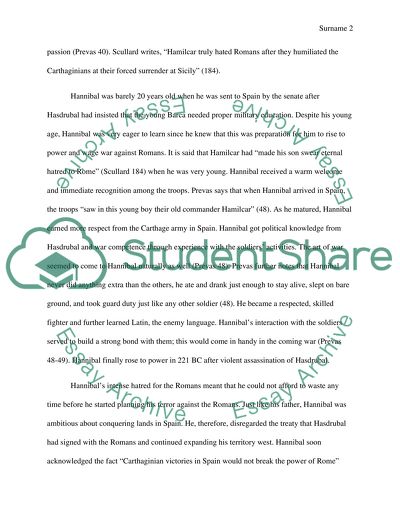Cite this document
(“Hamilcar Barca research paper paper Example | Topics and Well Written Essays - 1500 words”, n.d.)
Hamilcar Barca research paper paper Example | Topics and Well Written Essays - 1500 words. Retrieved from https://studentshare.org/english/1493463-hamilcar-barca-research-paper-paper
Hamilcar Barca research paper paper Example | Topics and Well Written Essays - 1500 words. Retrieved from https://studentshare.org/english/1493463-hamilcar-barca-research-paper-paper
(Hamilcar Barca Research Paper Paper Example | Topics and Well Written Essays - 1500 Words)
Hamilcar Barca Research Paper Paper Example | Topics and Well Written Essays - 1500 Words. https://studentshare.org/english/1493463-hamilcar-barca-research-paper-paper.
Hamilcar Barca Research Paper Paper Example | Topics and Well Written Essays - 1500 Words. https://studentshare.org/english/1493463-hamilcar-barca-research-paper-paper.
“Hamilcar Barca Research Paper Paper Example | Topics and Well Written Essays - 1500 Words”, n.d. https://studentshare.org/english/1493463-hamilcar-barca-research-paper-paper.


